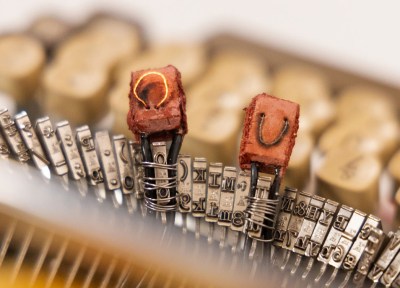This time of year always brings a few gems from outside Hackaday’s usual circle, as students attending industrial design colleges release their final year projects, The worlds of art and engineering sit very close together at times, and theirs is a discipline which sits firmly astride that line. This is amply demonstrated by the work of [Charlie Humble-Thomas], who has taken an everyday object, the umbrella, and used it to pose the question: How long should objects last?
He explores the topic by making three different umbrellas, none of which we are guessing resemble those you could buy. The first is not particularly durable but is completely recyclable, the second is designed entirely with repairability in mind, while the third is hugely over-engineered and designed for durability. In each case the reader is intended to think about the impact of the umbrella before them.
What strikes us is how much better designed each one is than the typical cheap umbrella on sale today, with the polypropylene recyclable one being flimsy by design, but with a simplicity missing from its commercial counterpart. The durable one meanwhile is full of CNC parts, and carbon fiber.
If you’re hungry for more student work in this vein, we recently brought you this toasty typewriter.


















